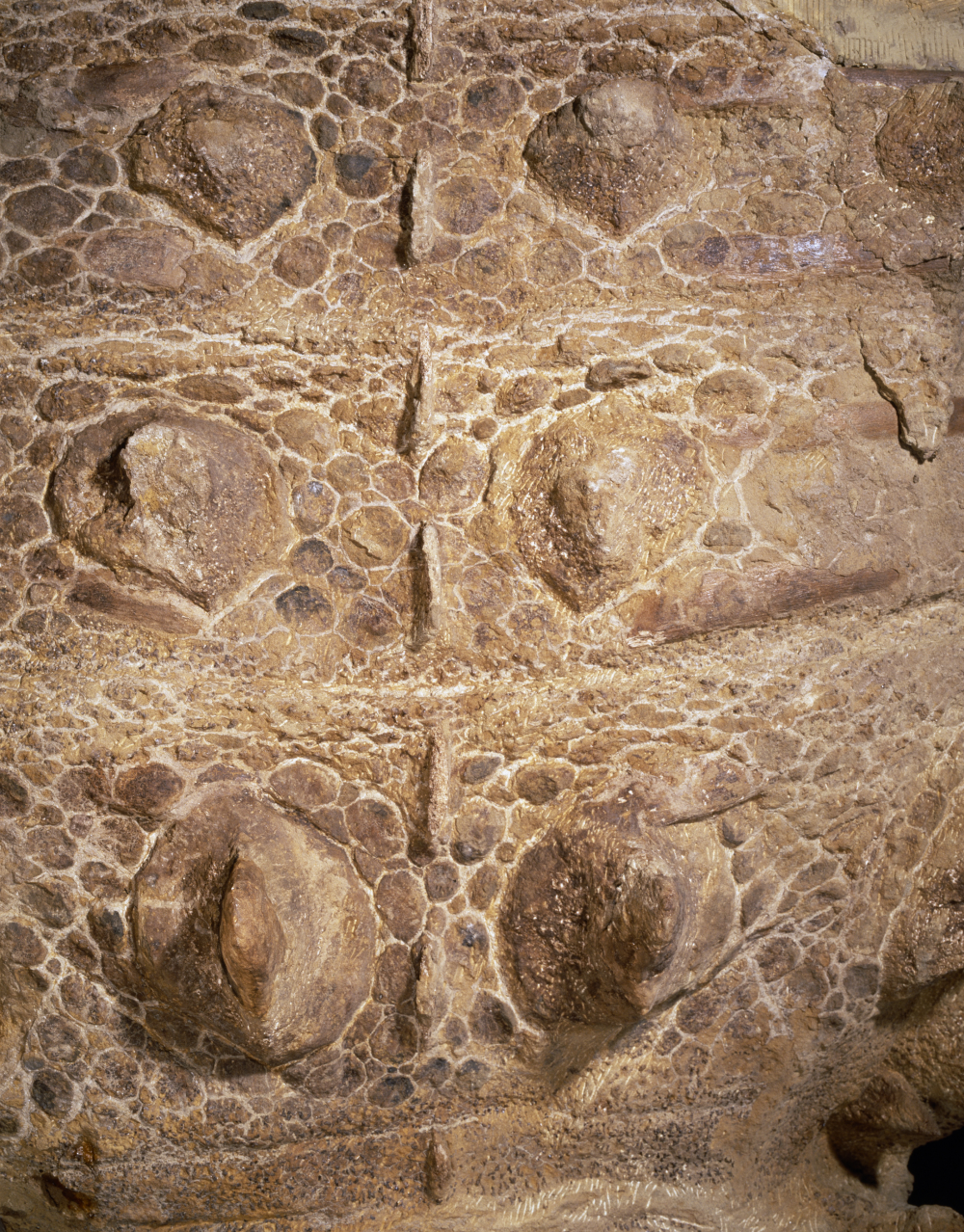Dinosaurs went extinct 66 million years ago (well, apart from those feathered ones still alive today), but despite the incredible age of their fossils, we do find soft tissues intact. These mummified samples have provided snapshots into everything from dietary preferences to how dinosaurs had sex.
ADVERTISEMENT
Impressive stuff, but wouldn’t it be great if one day we could find a whole one frozen in the permafrost like the mammoths, woolly rhinos and wolves found in Siberia and Canada? Unfortunately, that’s just never going to happen, and we spoke to Dr Susannah Maidment, senior researcher in the division of Vertebrates, Anthropology, and Palaeobiology at the Natural History Museum, London, to find out why.
Have we found dinosaur mummies?
Mummification is often associated with Ancient Egypt but it can occur naturally when the decomposition ecosystem is prevented from doing its job. We’ve found purposefully mummified royalty that ruled thousands of years ago, mummified bog bodies, and other corpses that mummified naturally within a matter of days. In the case of mummified dinosaurs, it’s not a formal term, but we have found specimens with mummified features.
There’s about three or four ankylosaurs that are preserved in a way that you could say are mummies.
Dr Susannah Maidment
“When people say ‘dinosaur mummies’, they tend to be talking about these dinosaurs that are totally encased in skin, and so their skin has preserved other soft tissues,” said Maidment. “Sometimes we find dinosaurs with feathers, but we don’t usually class them as mummies. So, it’s not the preservation of soft tissues, per se. I think it’s this idea that you’ve got the carcass wrapped in skin, that is what people tend to be referring to as a mummy, but it is an informal term.”
Dinosaurs with soft tissues intact
Dinosaur fossils that come complete with soft tissues intact mark a very exciting discovery for palaeontologists, but they are rare compared to bone-based finds. We’ve found tyrannosaurs with stomach contents, and a psittacosaurus with the first-ever described dinosaur butt orifice, but among Maidment’s favorites are the ankylosaurs.
ADVERTISEMENT
“I work on armoured dinosaurs, and there’s about three or four ankylosaurs that are preserved in a way that you could say are mummies,” she said. “There’s a very famous one that was found a few years ago in Canada called Borealopelta, which has all of its bits in the right place, and there are some amazing videos of it online where you can rotate it around. It’s super cool.”

Scutes on the Scolosaurus skin.
Image credit: (C) Trustees Of Natural History Museum, London
“I haven’t seen that one myself, but we have one here at the Natural History Museum that was found in the early part of the 20th century, and it’s called Scolosaurus cutleri. It’s missing its head, actually, but it’s in the dinosaur gallery and you can go and see it.”
“It’s on its side, and if you look at the back, it’s got all of its scutes still in place because it’s got armour on its back. Then, if you go around to the other side, you can see down into its stomach cavity. You can see its limbs and its skeleton from that side.”
Why mummified dinosaurs are rare
When an animal dies, it’s the hard bits that have the best chance of surviving. That said, the decomposition ecosystem has many avenues of attack, from microscopic bacteria ready to turn the corpse into a circus tent, to macrofauna that can scatter entire limbs far and wide. What remains has a chance of being preserved in the fossil record, but the reality is that for most life on Earth, it just disappears.
The fossilization process is a very rare process, anyway, but sometimes we have things like skin and other soft tissues like feathers preserved.
Dr Susannah Maidment
“For the vast majority of animals that have ever lived, even their hard parts don’t remain,” said Maidment. “The fossilization process is a very rare process, anyway, but sometimes we have things like skin and other soft tissues like feathers preserved. Usually that requires a quite unique set of burial conditions, often a very rapid burial.”
“Some [of the best preserved] animals have fallen into lakes or been overcome by sand dunes, like in the case of the famous Gobi Desert dinosaurs. These are the kind of processes we need for soft parts to be preserved.”
Why we won’t ever find a frozen dinosaur in Antarctica
Nothing would delight IFLScience more than to hear that a team out in Siberia had stumbled upon the frozen remains of a Tyrannosaurus rex in thawing permafrost. Unfortunately, unless Jurassic Park was actually a documentary that took place during the last Ice Age, we can safely say it’s never going to happen. Why?
Well, firstly because no T. rex has ever been found outside North America but mainly “Because the ice simply isn’t that old,” said Maidment. “Antarctica wasn’t permanently glaciated until about 30 million years ago, and while there might have been ice sheets, they would have come and gone. The same [is true] with the Northern Hemisphere ice sheets.”
“The animals that we’re finding in Siberia are all an order of magnitude younger [than dinosaurs]. The mammoths only died out 4,000 years ago. The dinosaurs, of course, died out 66 million years ago. We just don’t have ice that old, so we won’t find a dinosaur trapped in ice.”
Source Link: Why We’ll Never Find A Frozen Dinosaur, But There Are Mummified Dinosaurs